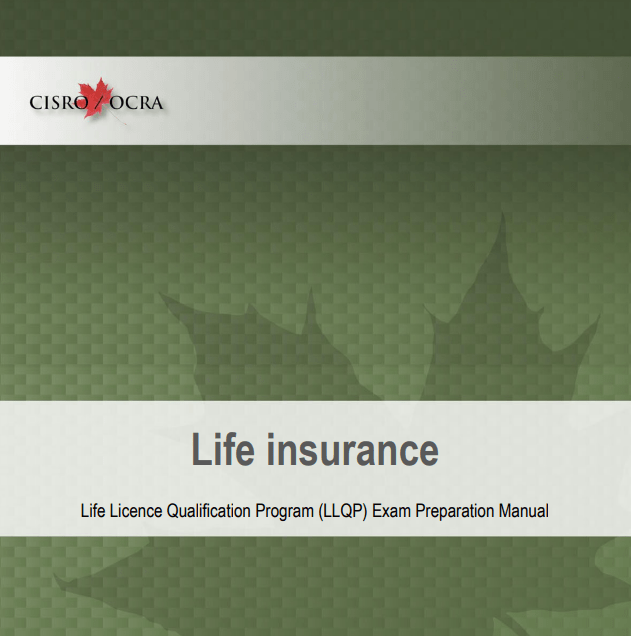
The Canadian government sets the guidelines for default insured mortgages to, in part, manage the housing market, while provincial governments can use other tools, such as taxes. The following summarizes the changes made by governments since the financial crisis of 2008.
Except for the B20 stress test, the majority of these rules apply to high ratio default insured mortgages, low ratio mortgages that are default insured and portfolio insurance. The bulk of low ratio mortgages are insured through portfolio insurance. This means that even though a lender may not be providing a high ratio, insured mortgage to a borrower, it must still follow these guidelines if they are insuring them through portfolio insurance.
July 1, 2020: CMHC changes to qualifying standards[1]
Effective July 1, the following changes apply for new applications for homeowner transactional and portfolio mortgage insurance:
- Limiting the Gross/Total Debt Servicing (GDS/TDS) ratios to our standard requirements of 35/42;
- Establish minimum credit score of 680 for at least one borrower; and
- Non-traditional sources of down payment that increase indebtedness will no longer be treated as equity for insurance purposes.
January 1, 2018: Guideline B20 stress test for uninsured mortgages[2]
OSFI is setting a new minimum qualifying rate, or “stress test,” for uninsured mortgages.
- Guideline B-20 now requires the minimum qualifying rate for uninsured mortgages to be the greater of the five-year benchmark rate published by the Bank of Canada or the contractual mortgage rate +2%.
OSFI is requiring lenders to enhance their loan-to-value (LTV) measurement and limits so they will be dynamic and responsive to risk.
- Under the final Guideline, federally regulated financial institutions must establish and adhere to appropriate LTV ratio limits that are reflective of risk and are updated as housing markets and the economic environment evolve.
OSFI is placing restrictions on certain lending arrangements that are designed or appear designed to circumvent LTV limits.
- A federally regulated financial institution is prohibited from arranging with another lender a mortgage, or a combination of a mortgage and other lending products, in any form that circumvents the institution’s maximum LTV ratio or other limits in its residential mortgage underwriting policy, or any requirements established by law.
Are you interested in becoming a mortgage agent or life insurance agent? If so, visit us at remic.ca and learn how you can enjoy a financially and personally rewarding career!
April 21, 2017: Non-Resident Speculation Tax (NRST)[3]
The NRST is a 15 per cent tax on the purchase or acquisition of an interest in residential property located in the Greater Golden Horseshoe Region (GGH) by individuals who are not citizens or permanent residents of Canada or by foreign corporations (foreign entities) and taxable trustees.
November 30, 2016: Low ratio and portfolio insured mortgages
Mortgages insured using low ratio default insurance and portfolio insurance must meet the following criteria:
- A loan whose purpose includes the purchase of a property or subsequent renewal of such a loan;
- A maximum amortization length of 25 years;
- A property value below $1,000,000;
- For variable-rate loans that allow fluctuations in the amortization period, loan payments that are recalculated at least once every five years to conform to the established amortization schedule;
- A minimum credit score of 600;
- A maximum Gross Debt Service ratio of 39 per cent and a maximum Total Debt Service ratio of 44 per cent, calculated by applying the greater of the mortgage contract rate or the Bank of Canada conventional five-year fixed posted rate; and,
- If the property is a single unit, it will be owner-occupied.
October 17, 2016: Stress Test – Interest Rate
Borrowers must qualify at the Bank of Canada’s five-year fixed posted mortgage rate. This rate is an average of the posted rates of the big six banks. As of May 3, 2019 the rate was 5.34. This means that even though a lender may offer the borrower a much lower rate, the borrower must still qualify at the higher rate.
October 2, 2016: Foreign Ownership
This is not related to default insured mortgages, rather it is a change to the income tax system.
An individual who was not resident in Canada in the year the individual acquired a residence will not—on a disposition of the property after October 2, 2016—be able to claim the capital gains exemption for that year. This measure ensures that permanent non-residents are not eligible for the exemption on any part of a gain from the disposition of a residence.
In addition, The Canada Revenue Agency (CRA) will require a taxpayer to report the disposition of a property for which the principal residence exemption is claimed. The CRA currently does not require this reporting where a property is eligible for the full principal residence exemption. The change means that, when a taxpayer disposes of a principal residence, the taxpayer will be required to provide basic information in the taxpayer’s income tax return for that year in order to claim the exemption.
December, 2015: High Ratio Down payments
The government increased the minimum down payment for high ratio insured mortgages on homes valued over $500,000 from 5% to 10%.
June 2012: 4 new restrictions
- Stress Test – GDS/TDS: The government changed the maximum GDS to 39% and TDS to 44% for insured mortgages.
- Maximum Amortization: Reduced to 25 years from 30 years
- Maximum Refinance: Reduced to 80% loan to value from 85%
- Maximum Property Value: High ratio insurance limited to properties valued at less than $1 million
January, 2011: 2 new restrictions
- Maximum Amortization: Reduced to 30 years from 35 years
- Maximum Refinance: Reduced to 85% loan to value from 90%
February, 2010: 2 new restrictions
- Maximum Refinance: Reduced to 90% loan to value from 95%
- Non-owner-occupied insured mortgages: 20% down payment required
July, 2008: Maximum Amortization
- The maximum amortization was reduced to 35 years from 40 years
[1] CMHC, https://www.cmhc-schl.gc.ca/en/media-newsroom/news-releases/2020/cmhc-reviews-underwriting-criteria
[2] OSFI, http://www.osfi-bsif.gc.ca/eng/osfi-bsif/med/Pages/b20_dft_nr.aspx
[3] Ontario Ministry of Finance, http://www.fin.gov.on.ca/en/bulletins/nrst/nrst.html











